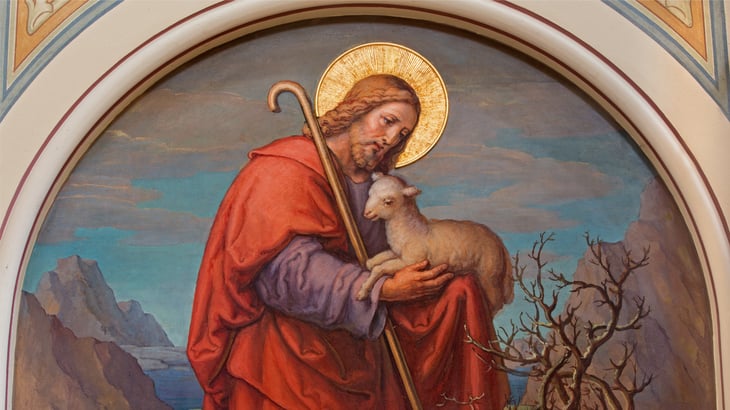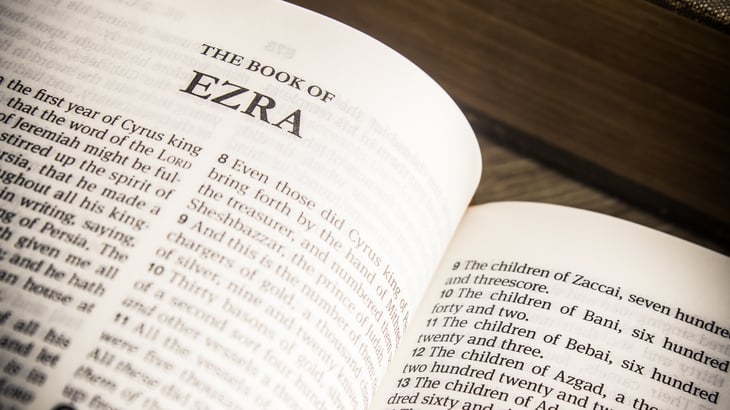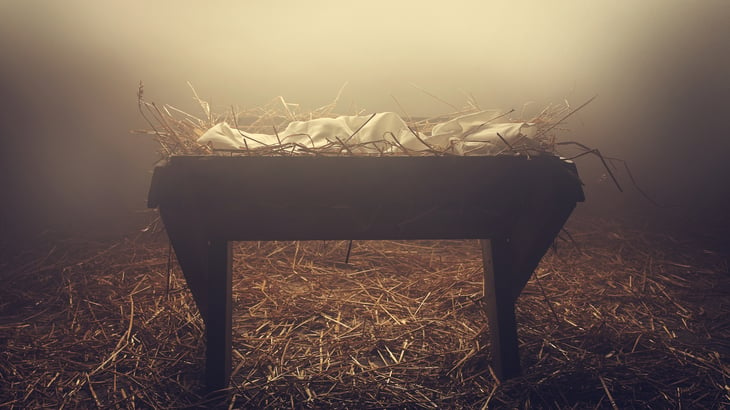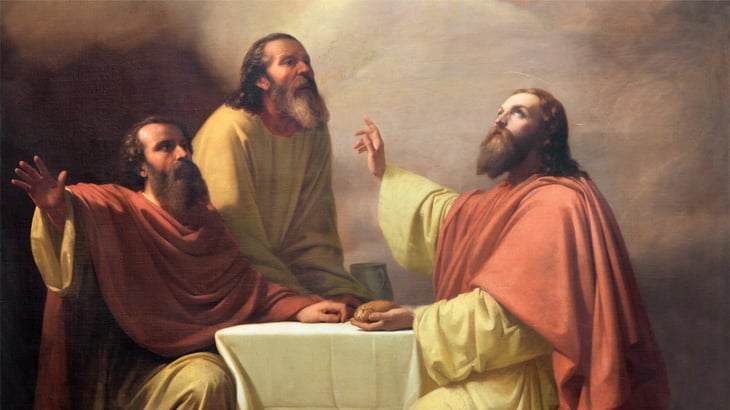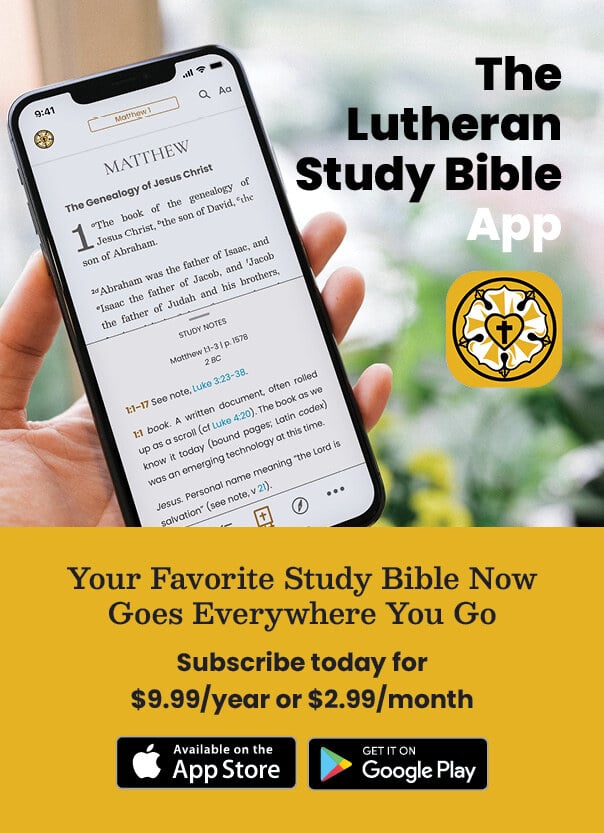God’s Gifts in James
The following is an excerpt from Dr. Curtis Giese’s Concordia Commentary on James. It considers God’s role as a gift giver and unchanging figure.
Overlooked December Feast Days
Toward the end of December, there are several feast days that tend to get overlooked as we celebrate Advent and Christmas. Let’s take a few minutes to draw our attention to these commemorations of the faithful.
The Christ in Joshua
The following is an excerpt from the upcoming Bible study The Messiah: Revealing Jesus in the Old Testament. This study works through each book of the Old Testament and highlights the prophesy and presence of Christ in each.
Digging Deeper into Scripture: Micah 5:2–5a
As a prophet familiar with patience, Micah’s words are especially pertinent during our wait for Christmas during Advent.
Israel’s Story in Ezra
The following is an excerpt from volume 1 of The Lutheran Bible Companion on the happenings in Israel during the time of Ezra.
Our Advent Prayer: Come, Lord Jesus
Advent is upon us! It is a time of waiting, a time of hope, a time of preparation, a time of prayer. The prayer of the Church throughout each and every Advent season is this: “Come, Lord Jesus.”
Digging Deeper into Scripture: Mark 13:24–37
In this passage, Christ alludes to the end times and His second coming on Judgment Day. He also asserts that it is only the Father who knows when this day will come. He does all this in Jerusalem, just before Holy Week.
The Holy Spirit in Chronicles
The following is an excerpt from volume 1 of The Lutheran Bible Companion on the action of the Holy Spirit in 1 Chronicles and 2 Chronicles.
Doers of the Word in James
In Dr. Curtis Giese’s Commentary on James, Giese gives particular attention to James’s meaning in his use of specific words, including “faith,” “justification,” “Law,” and “Gospel.” In this excerpt, Giese looks at the implication and meaning of “doers” and “Word” in James 1:22.
Church Worker Appreciation in the Bible
October is Church Worker Appreciation month. I know many congregations throughout the world have been showing their pastors, deaconesses, DCEs, musicians, and other church workers much appreciation this month through gifts, prayers, encouraging words, and much more. As this month comes to a close, I thought it would be worthwhile to look at a few examples in the Scriptures where God’s prophets and apostles, and Jesus Himself, receive appreciation or a lack of appreciation. Perhaps as we follow them in service to God and neighbor, we can learn something from these examples.





